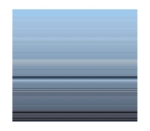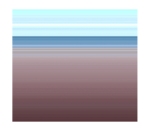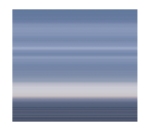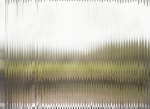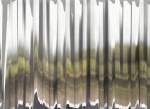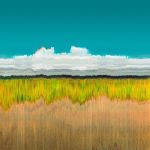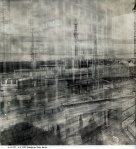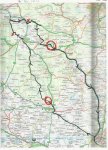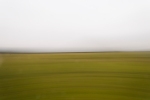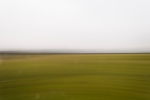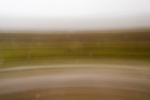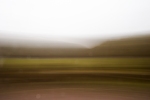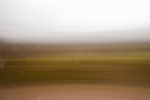Overall I am pleased with the outcome of this work. From where I began to what I have to show now has been an evolution of ideas. I had half of what I wanted to create at the beginning and as the project progressed I was able to build the other half from experience and research. I have tried some new techniques for making photography and art and I think I will be trying a lot of them again with different projects. I was a little disappointed to see I wasn’t as original with my ideas as I first though, but I also believe that it has stemmed from my own playfulness and practise with a way of photographing that I haven’t come across……yet.
My films will be something that I continue to look at and try to follow up. A major issue with them was technology and my lack of knowledge in using it. But the only way I’ll get any better is by practising and that is what I plan to do.
I am pleased with my final prints. I always wonder if I should have got them printed bigger and I think with these I possibly could. But for this crit I think A2 is a good size. If I was to display them I would probably try for A1 or A0 but I couldn’t find it finically feasible to print them that size at the moment. Yes I could have tried crowd funding, but like I said I don’t think it is right for me just yet. I’m going to see what reception this work gets and from there decide whether I want to try and fund it for me or perhaps enter it into competitions.
With my pictures there are a few things I haven’t covered. I think I could be asked why I kept the curve in the pictures and not tried to straighten them like other work. I like the curve. and not in a “‘why did you do this’ ‘oh i dont know because I like it'” kind of way. But because it has a purpose. If you look at the work long enough and use a little imagination you can lengthen the lines and you can see that they begin to wrap around you. I wanted to keep this as it shows how it is a 360 degree picture and now just a flat landscape. You are surrounded by an entire landscape but kept within a A2 sized rectangular frame on the wall.
Another point could be the rectangle shape. Why did I keep it a rectangle and not crop it down to a square like the photographers I looked at. I did this because I wanted to keep the feeling of a landscape. A landscape picture 9/10 will be horizontal and its the landscape idea that I wanted to keep in the viewers mind.
If I was to do this again I might possibly look into using analog. Just because you put yourself at risk and you dont know exactly what you are creating straight away which all adds to the excitement. I would also look into motors to spin the camera. Possibly setting up something like a pinhole camera and a motor to spin it and leaving it for a while to spin and capture a much longer piece of time within a landscape.
All ideas that I will keep in mind.
In all I am happy with my work and hope that it is received well.

















